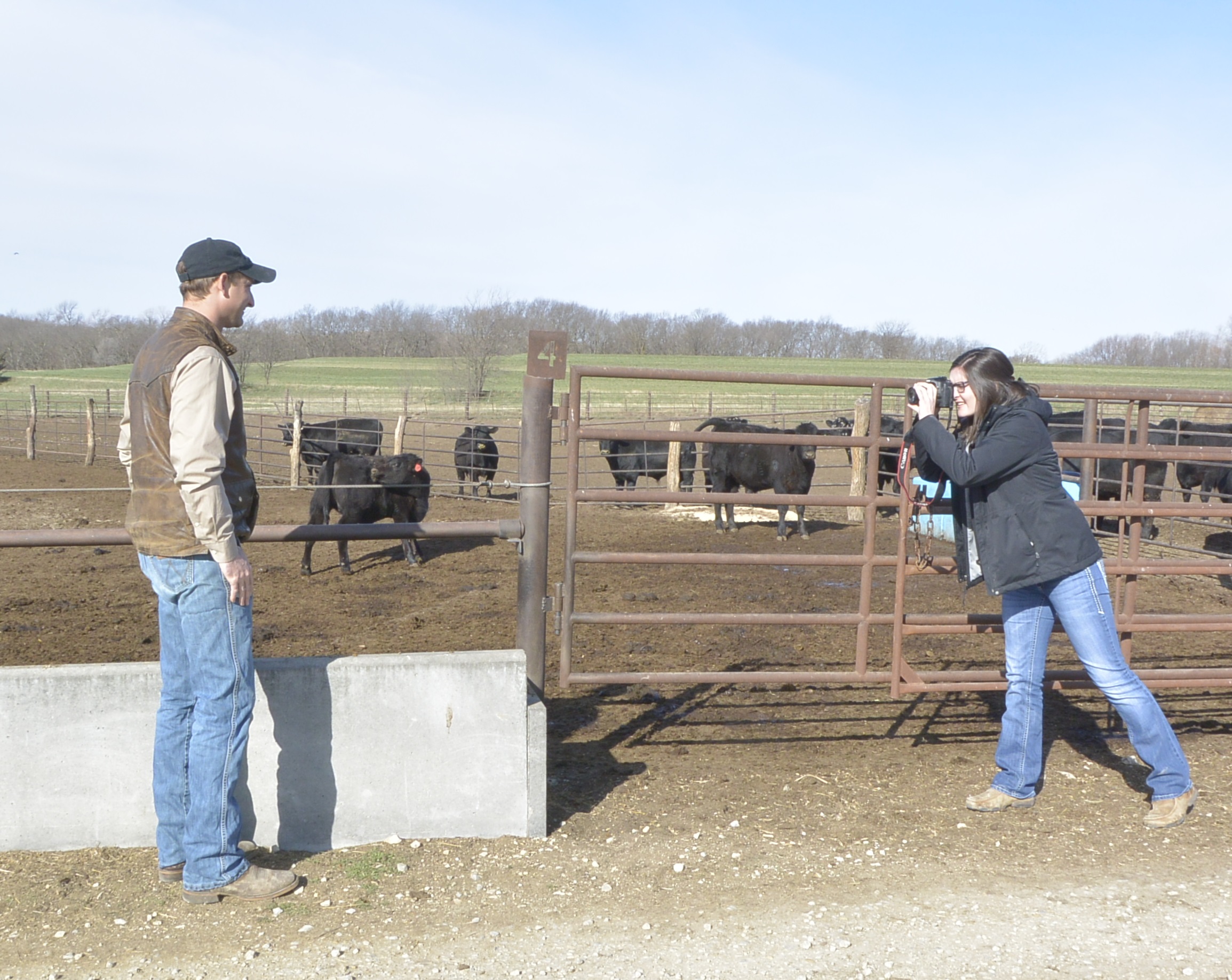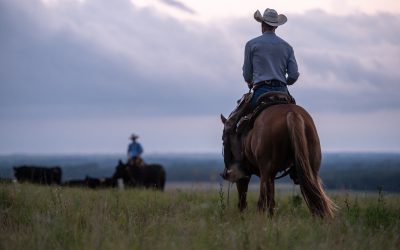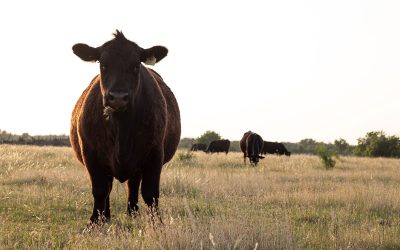What the dairy farm taught me about quality beef
When I attended kindergarten, it was only a half-day requirement. They’ve since changed that at St. Jude Catholic School in Wichita, Kan., but those afternoons free let me do some of my favorite things. I would take a nap, watch a little PBS and, if it was a really good day, I would head to the barn, grab my five-gallon bucket, tip it upside down and help my dad milk cows in our double-six herringbone barn.
I was in charge of the most important step of milking: the pre-dip, which is an iodine solution used to clean away bacteria before milking. A higher amount of bacteria in the milk leads to lower quality milk. Those afternoons helping with our 100 Holstein cows taught me a lot about how to do things right to achieve a good product.
At this point, you may be wondering if you accidentally clicked on the wrong link. This is the Certified Angus Beef ® (CAB®) blog, right? What is all this talk about kindergarten and dairy cows? Well, as a dairy farmer’s daughter and intern with CAB, I’ve seen a lot of similarities between my upbringing and the work it takes to produce high-quality beef.

As an intern I attended the Youth Leaders Orientation at CAB headquarters in Ohio. I learned about the 10 specifications for the brand, and having been a collegiate meat judger, it all began to make sense.
The reason CAB is so popular with consumers is because they are guaranteed a great eating experience each time — and that’s possible because of the hard work producers put into achieving that high-quality, wholesome product.
Just like my dad and I are meticulous with the prep work before milking and the environment our cows live in—making sure they stay dry and clean to reduce cases of mastitis—ranchers are also precise about the management of their herds. These past four months, I have heard about the countless hours cattlemen spend selecting the right genetics and then feeding them correctly, making sure they receive all the nutrients and minerals they need. They pay attention to all the management details so that they meet those 10 specs.

If there is one thing I will take away from this internship, it’s that even though high-quality beef is very different from the milk I have helped harvest all of my life, the people involved have much in common. Whether it is beef or dairy, the producers care about attaining a high level of quality and that requires a high level of management. From record keeping, to artificial insemination, breeding programs and nutrition, there are many similarities between those in the beef and dairy industry when it comes to realizing a high-quality end product.
When I go home from college this weekend to help milk I won’t need that five-gallon bucket to reach the cows, but I will have an even greater appreciation of striving for quality.
~Jill
Jill Seiler just completed her 2018 spring producer communications internship. Her dairy farm upbringing, combined with Kansas State University ag communications education, gave her experience to draw on when interviewing ranchers and researchers the past few months.
You may also like
Progress from small steps
Every day is a chance to learn and get better. Thousands of others like my new friends in Alabama are taking steps to meet the shifts in consumer demand, and to know more. Small steps in the right direction can start now. Even if it’s just recording a snapshot of where you are today, a benchmark for tomorrow.
Not perfect, but working to get better
The CAB Cattleman Connection team heard its name called more than once in the virtual ceremonies, and each time came a sense of personal accomplishment, but even better: confirmation that we’re getting better at our craft. I hope that means we’re doing a better job for you.
Beefed up findings
Frank Mitloehner presents his findings on the animal ag sector’s impact on global warming. He explains how cattle counterbalance other fossil fuel sectors, proving that cattle are a solution and not a threat.




